How to prune a fig tree – everything you need to know
Ensure your fig tree is hearty and healthy by learning how to prune a fig tree

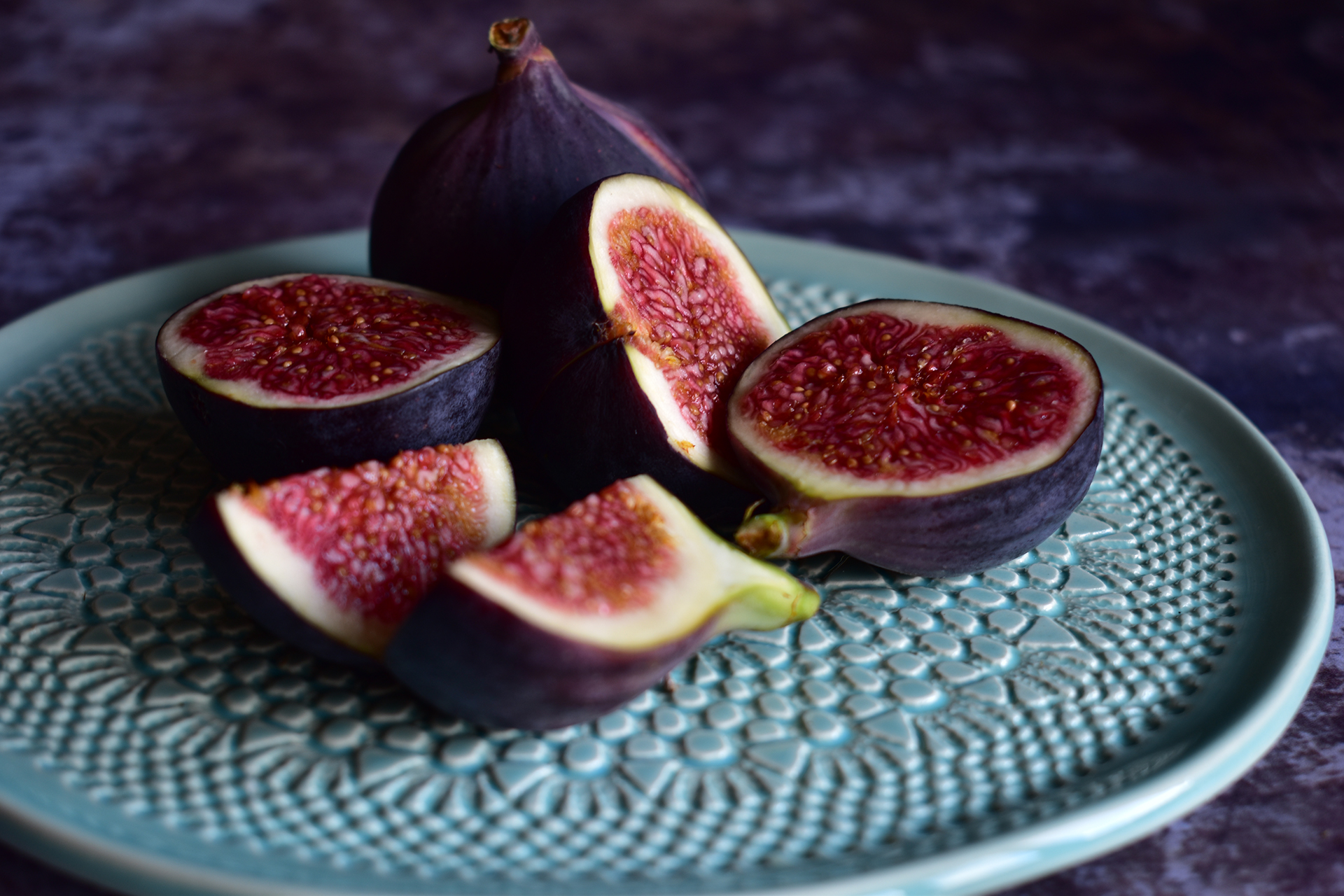
If you want to have a healthy fig tree that fruits, then learning how to prune a fig tree is a must. Fig trees are a great to grow in a pot, freestanding in a garden or espaliered against a wall, their fan-like leaves add a touch of Mediterranean elegance to any garden, patio or courtyard.
'Figs need a warm, south-facing wall, as sun is vital for ripening. Water well through summer and feed as the fruits develop,' advises PL gardening expert, Leigh Clapp.
How to prune a fig tree – where to start
While it is not essential to prune your fig tree, especially when its more mature, doing so in the early years can encourage it to produce more fruit and cultivate a more aesthetically pleasing tree.
'Figs are produced each growth season on old wood (branches produced the previous season). So, to produce more fruit in future seasons you need more branches,' advises Brent Wilson from Wilson Bros Gardens.
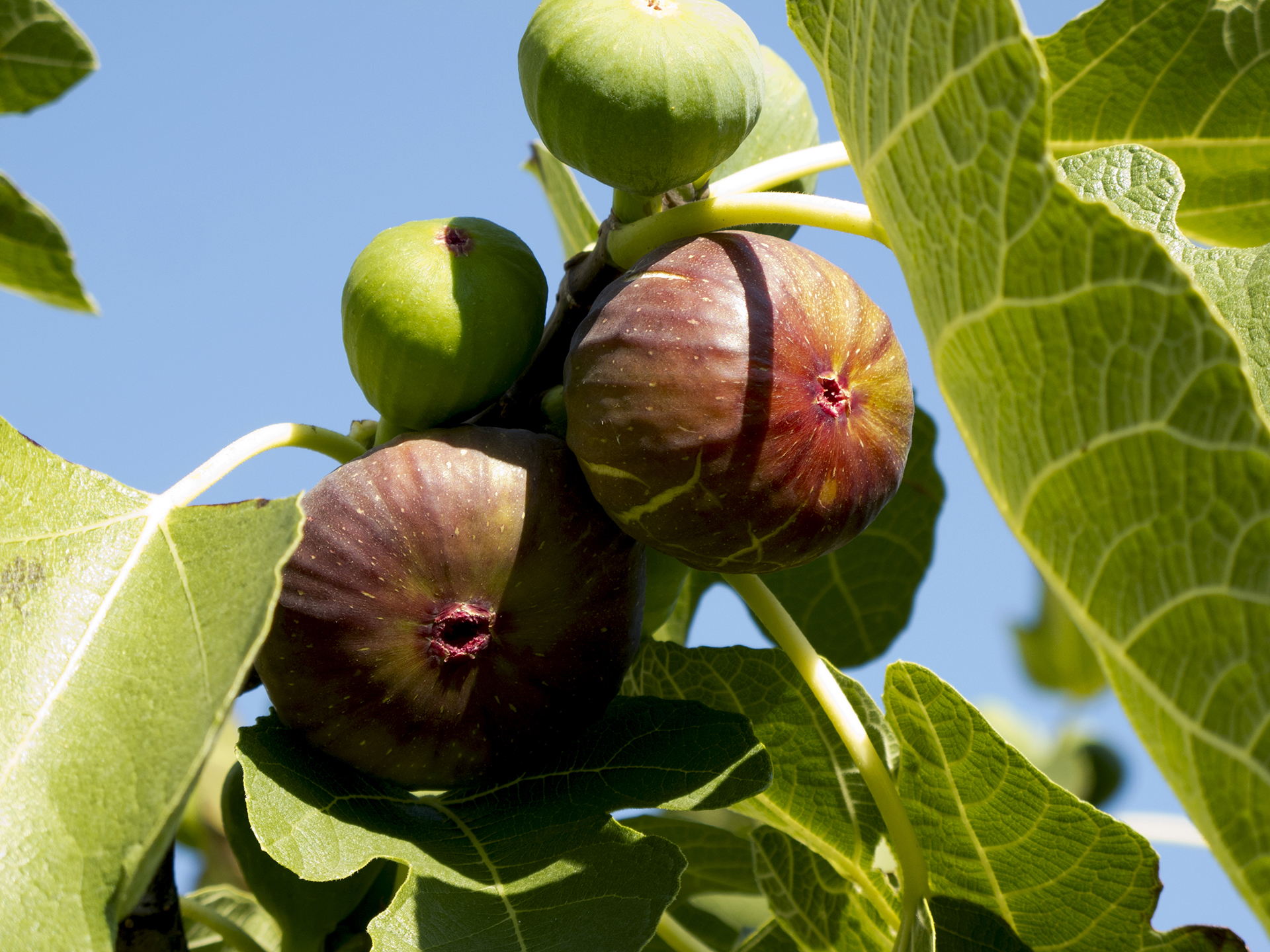
How to prune a fig tree if you have a young tree
You can prune young trees into a fan shape by pinching out every other young shoot. 'Wait until late winter to prune, but before new growth begins to emerge in early spring,' advises Brent Wilson from Wilson Bros Gardens.
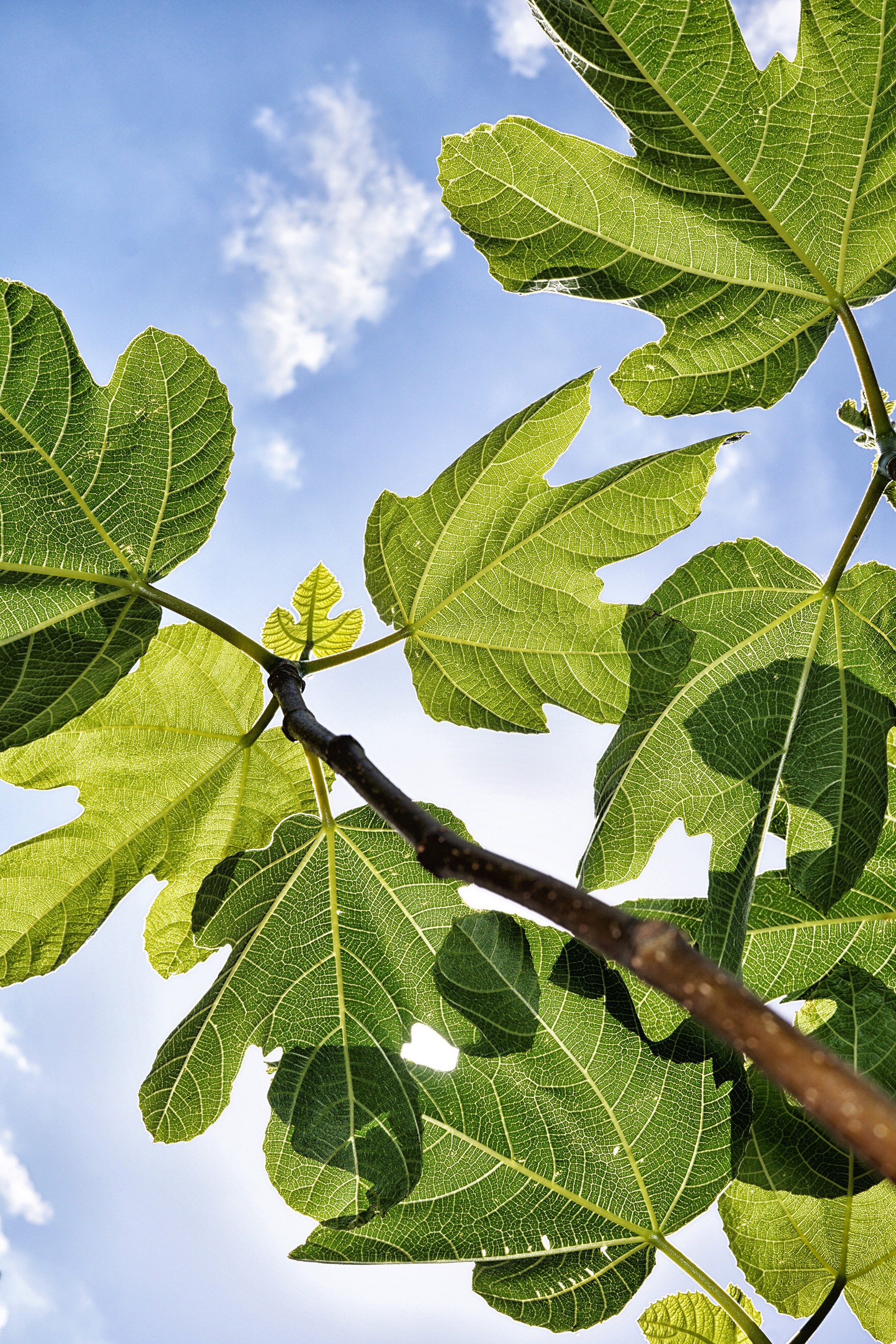
How to prune a fig tree if you have a mature tree
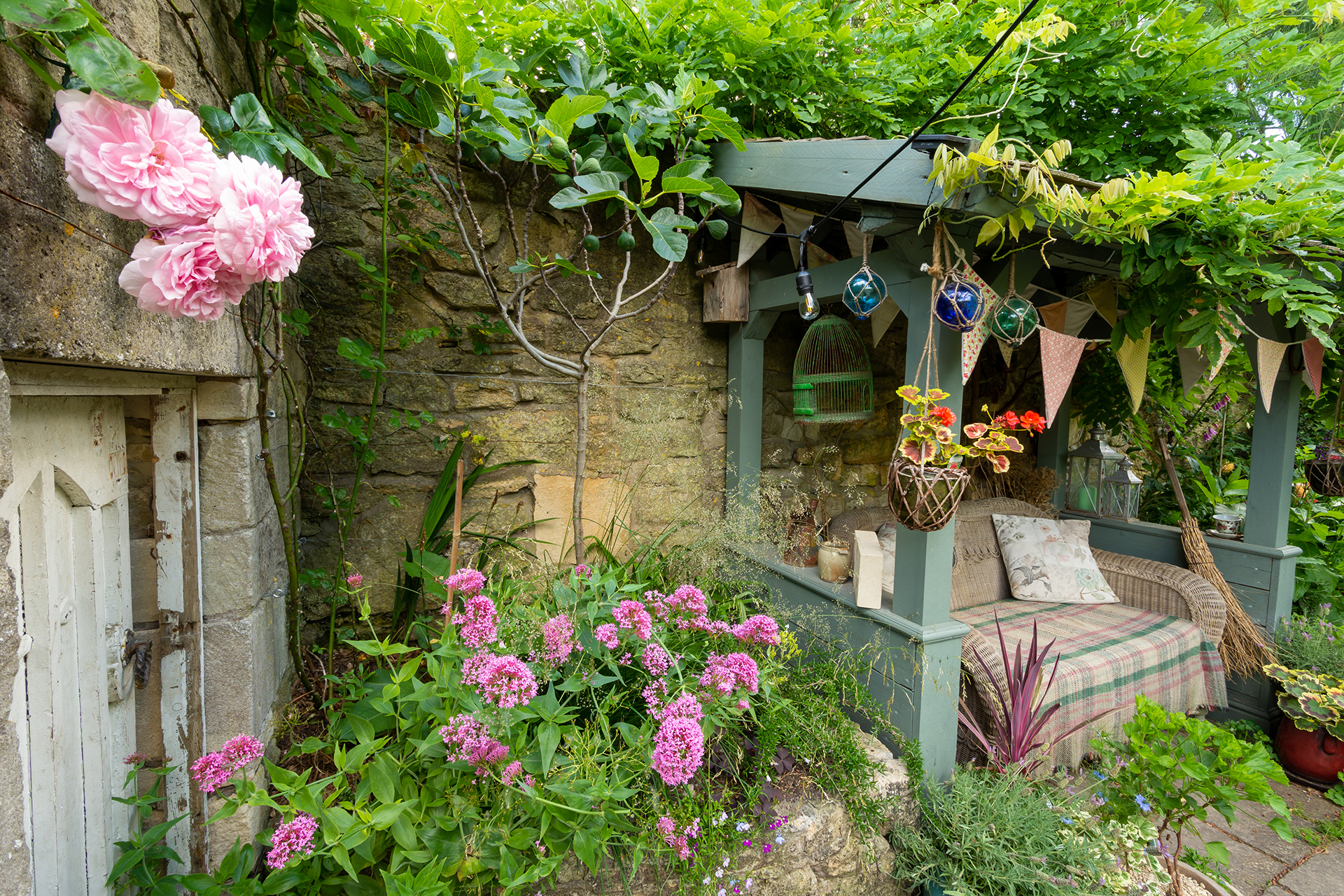
Fig trees can grow up to 3m tall and 4m wide, so it's vital that you prune your mature fig tree to keep it manageable, especially if it's been planted in the ground. Plus, fig trees produce their fruit on one year old wood, so by pruning the old wood you can encourage its fruiting.
There are three key seasons that you must consider when learning how to prune a fig tree.
Design expertise in your inbox – from inspiring decorating ideas and beautiful celebrity homes to practical gardening advice and shopping round-ups.
- EARLY SPRING – remove any branches that are crossing or rubbing. 'select 4 to 6 of the strongest branches growing from the main trunks to be your fruiting wood and prune away the rest. Be sure to stagger them around the trunk,' advises Brent Wilson from Wilson Bros Gardens, 'then remove any secondary branches (shoots growing off the main branches) that are growing at less than a 45 degree angle from the main branches'.
- It is important that any significant pruning happens during the trees dormant period as fig trees bleed a white sap. The larger the incision the more they bleed and an excess of bleeding will weaken, or even kill, the tree. The bleeding is less significant during the dormant period and pruning now will limit the damage.
- EARLY SUMMER – pinch the tips off any shoots that have grown five leaves, this will encourage the tree to divert its energy from growth to fruit production and ripening.
- FALL – remove any ripe figs. 'Figs are ripe when the stalk bends and the hanging fruit produces a droplet of sugar on the base,' advises PL gardening expert, Leigh Clapp.
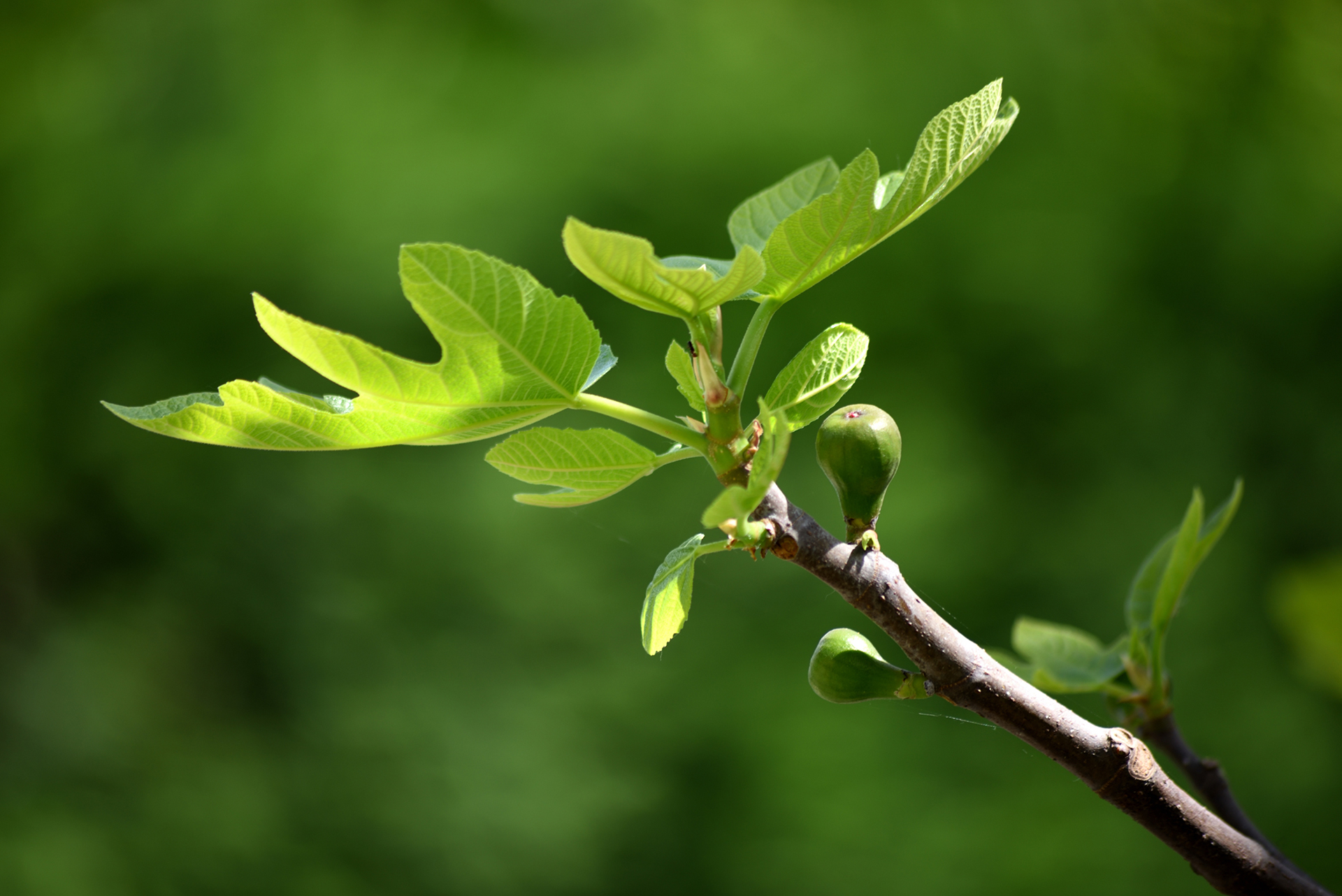
How do you prune an overgrown fig tree?
If your fig tree has gotten out of hand, or maybe you've inherited a neglected tree when you moved into a new house, then knowing how to prune a fig tree is a must.
- In summer look at the tree and identify any branches that look bare or are only producing fruit at their tips. Mark these with a small amount of paint so that you can remember which ones to remove come the time to prune.
- Wait until the dormant season, late winter or early spring before starting to prune. This will limit the amount of sap that the tree bleeds and so will reduce the damage that the pruning might cause.
- Start by removing any suckers – the small branches that grow low-down near the trunk of the tree.
- Then remove any dead or diseased wood, you may have highlighted some of this when you assessed the tree in the summer, this will give you a better understanding of exactly what you are working with.
- From here you can remove up to 25 per cent of the tree, starting with the branches you highlighted in the summer. When cutting back large branches, leave little stumps, around an inch long as this will encourage the fig tree to put out new growth. This new growth will carry figs the following year.
- Be warned that pruning an overgrown tree might reduce your fig yield for the first year, but after that you'll have delicious figs and a beautiful tree.

How to prune a fig tree into an espalier
Did you know that you can train your fig tree into an espalier? An espalier is a tree, usually a fruit tree, that has been trained to grow flat against a wall, usually supported on a lattice framework. The residual heat emitted from the wall can encourage the fruit to ripen.
If you want to grow your fig tree into an espalier, then the pruning method is fairly similar, you simply tie your tree to a lattice framework on the wall.
Lucy Chamberlain, Amateur Gardening's Fruit & Veg expert suggests:
- Taking out unwanted growth before cutting off any large, framework branches that are too tall.
- Weaving or tying in straggly shoots.
- Tying in young branches (around 1in thick) horizontally as framework stems or cutting them out entirely.
- Splaying out branches – to ensure sunlight can penetrate the canopy to ripen fruit.
- Cutting out damaged branches.
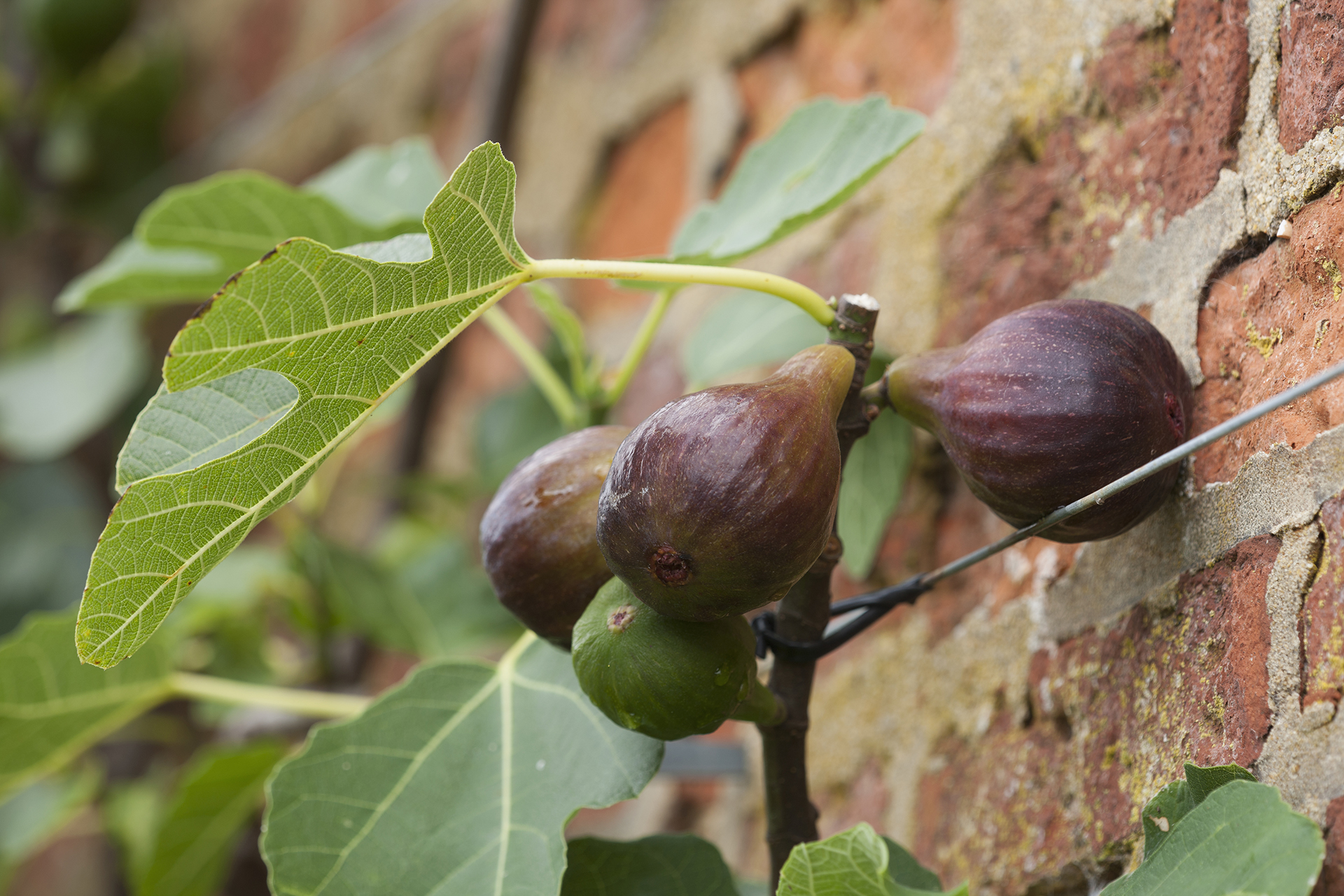
When should fig trees be pruned?
'Figs are best pruned in March or April after the worst frosts have passed, all dead and diseased wood should be removed.' says Sue Sanderson of Thompson & Morgan. This way the frosts will not be able to cause damage to the wounds left by pruning but the plant will still be dormant enough to cope with the pruning.
Knowing when to prune fig trees is important as they bleed a white sap when they are cut, if you are cutting large branches it is important to the health of the tree that it is dormant.
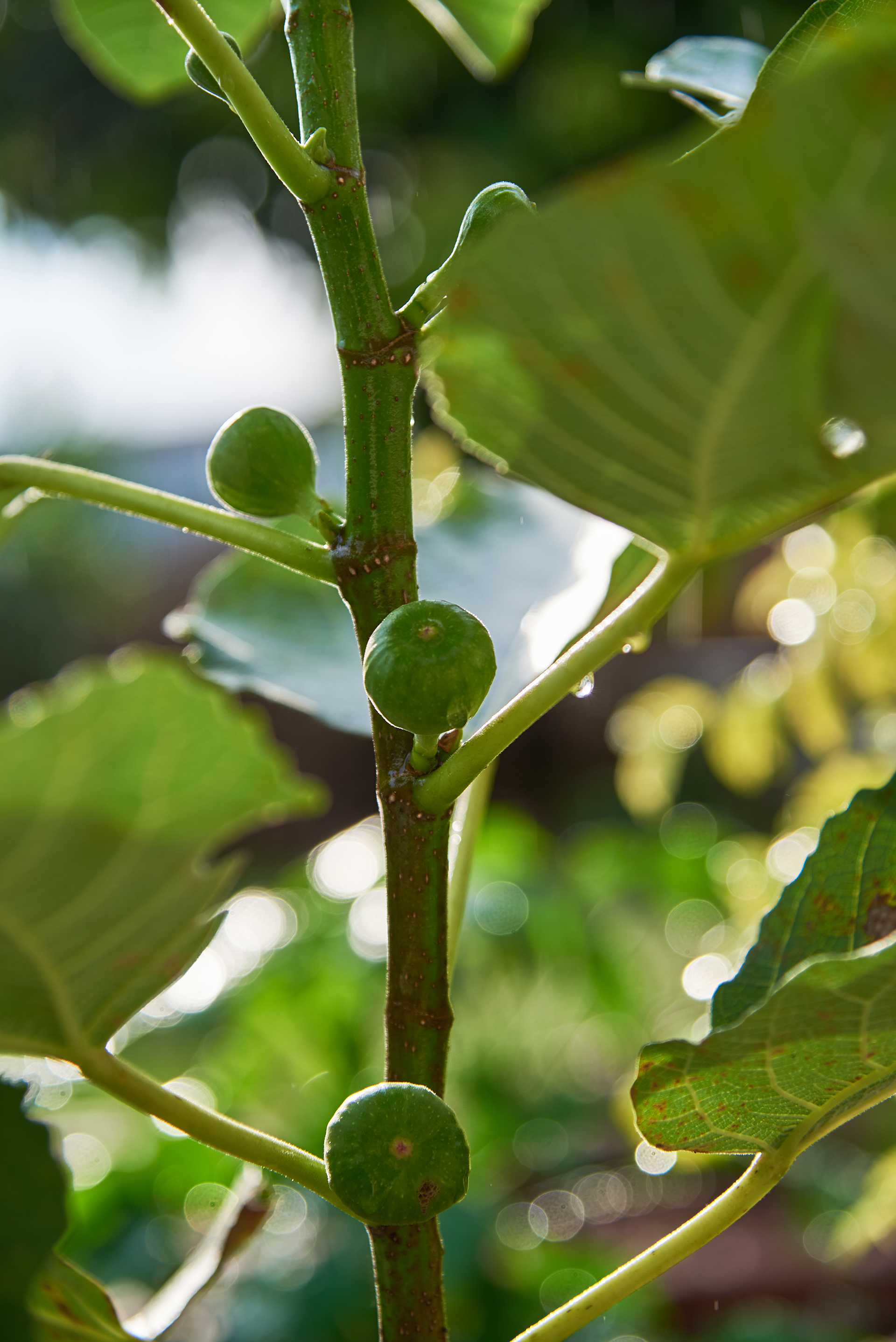
Can you over prune a fig tree?
Yes, you can over prune a fig tree but they are quite resilient so shouldn't suffer too greatly from a more aggressive pruning so long as you do so in the dormant period. Avoid pruning more than 25 per cent of the over all tree in a single year to keep it healthy.
Also if you cut off too much of this year's growth, it will reduce the amount of figs the tree will produce next year, as the figs grow on the previous year's growth.
This feature was created by H&G's sister brand, Period Living magazine
Subscribe to Period Living for more inspiration
Period Living is the UK's best-selling period homes magazine. A subscription provides you with all you need to know about caring for and improving a traditional house and garden.

Having graduated with a first class degree in English Literature, Holly started her career as a features writer and sub-editor at Period Living magazine, Homes & Gardens' sister title. Working on Period Living brought with it insight into the complexities of owning and caring for period homes, from interior decorating through to choosing the right windows and the challenges of extending. This has led to a passion for traditional interiors, particularly the country-look. Writing for the Homes & Gardens website as a content editor, alongside regular features for Period Living and Country Homes & Interiors magazines, has enabled her to broaden her writing to incorporate her interests in gardening, wildlife and nature.
